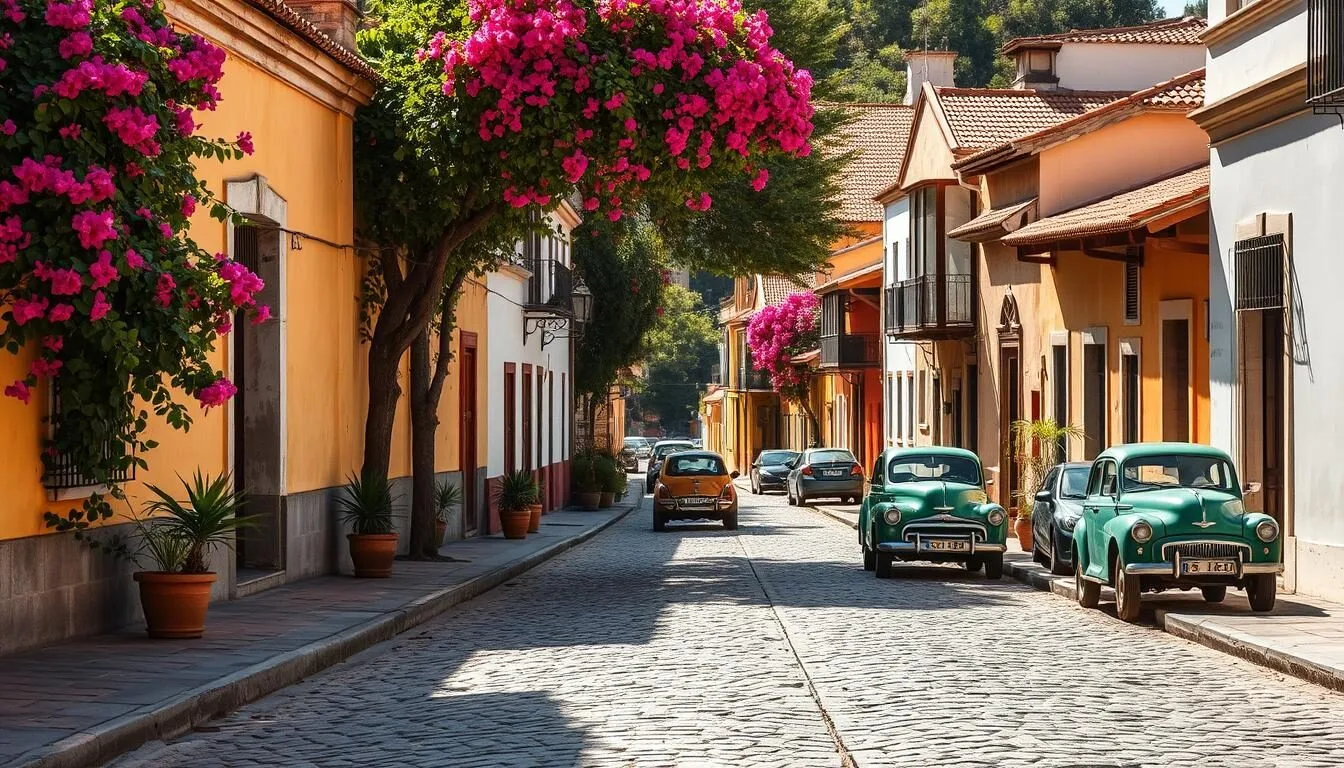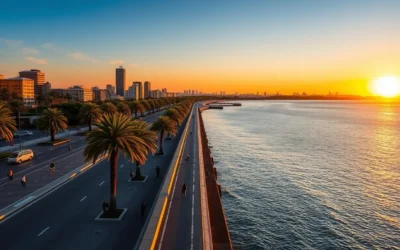1. Montevideo – 1,300,000
Capital and largest city, cultural and economic hub.
2. Salto – 100,000
City on the Uruguay River known for hot springs.
3. Ciudad de la Costa – 95,000
Residential and beach town near Montevideo.
4. Paysandú – 75,000
Important port and industrial center.
5. Las Piedras – 70,000
Agricultural city near Montevideo.
6. Rivera – 65,000
Border city with Brazil, forming twin city with Santana do Livramento.
7. Maldonado – 63,000
Gateway to Punta del Este, popular tourist region.
8. Tacuarembó – 55,000
Cattle ranching center in northern Uruguay.
9. Melo – 50,000
Commercial hub near the Brazilian border.
10. Mercedes – 42,000
Capital of Soriano, on the Rio Negro.
11. Artigas – 40,000
Northern border city with gem mining.
12. Minas – 39,000
City in the hills, known for hiking and nature.
13. San José de Mayo – 38,000
Historic and agricultural city.
14. Durazno – 35,000
Known for its annual folklore festival.
15. Florida – 34,000
Colonial city in central Uruguay.
16. Treinta y Tres – 30,000
Eastern city named for the national heroes.
17. Rocha – 28,000
Gateway to Uruguay’s Atlantic beaches.
18. Canelones – 27,000
Agricultural center and provincial capital.
19. Pando – 26,000
Industrial suburb of Montevideo.
20. Fray Bentos – 25,000
Historic meat-packing city, UNESCO-listed.
21. Trinidad – 21,000
Quiet town with colonial architecture.
22. Colonia del Sacramento – 20,000
UNESCO World Heritage Site with Portuguese roots.
23. Bella Unión – 18,000
Tripoint city at the borders with Brazil and Argentina.
24. San Carlos – 17,000
Close to Maldonado and rural surroundings.
25. La Paz – 16,000
Small city with vineyards and industry.



